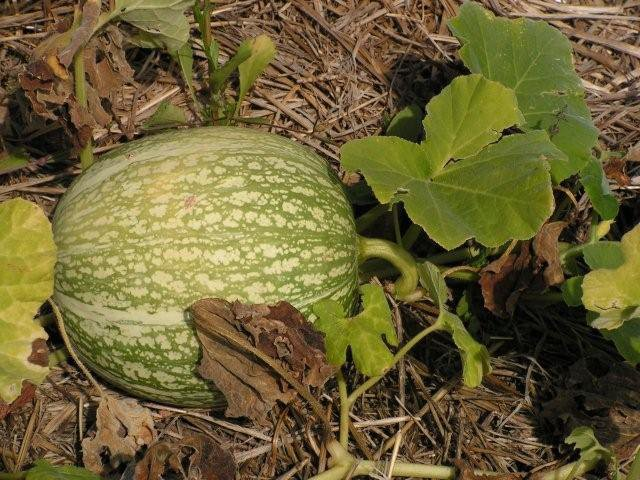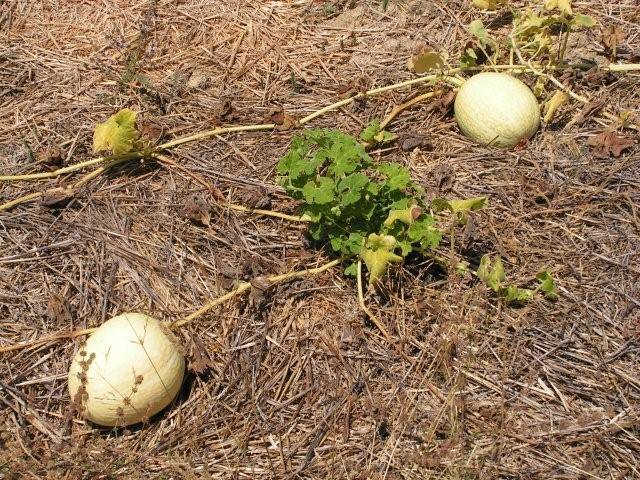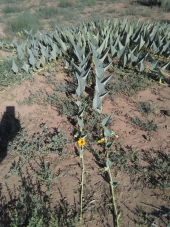
 1
1






How permies.com works
What is a Mother Tree ?





Idle dreamer




Brenda
Bloom where you are planted.
http://restfultrailsfoodforestgarden.blogspot.com/




.












ediblecities wrote:
I had this is a small suburban backyard in subtropical climate. After this plant overran our neighbours big shed the whole fence and didn't had much fruit at all I ripped it out.
I was told then that you eat the fruit while small, because there are not many things you can do when they are ripe. They don't really taste of much.
The advantage is that it#s a great producer of organic matter.
Apparently Mexican make something sweet with it, I've never tried it didn't look very appetizing to me.

.




How permies.com works
What is a Mother Tree ?




Buy Our Book! Food Web: Concept - Raising Food the Right Way. Learn make more food with less inputs
Off Grid Homesteading - latest updates and projects from our off grid homestead




Idle dreamer




Buy Our Book! Food Web: Concept - Raising Food the Right Way. Learn make more food with less inputs
Off Grid Homesteading - latest updates and projects from our off grid homestead





Idle dreamer




Idle dreamer




Buy Our Book! Food Web: Concept - Raising Food the Right Way. Learn make more food with less inputs
Off Grid Homesteading - latest updates and projects from our off grid homestead





Idle dreamer








PapaBear wrote:
It gets cold enough to frost here but never lower than 25 degrees. Even as a short lived perennial it might be worth some experimenting. I'm especially intrested in its potential use as a fodder crop.




Growing a self sustainable home for ourselves us and future generations...
 1
1






How permies.com works
What is a Mother Tree ?




 )
)Growing a self sustainable home for ourselves us and future generations...




Brenda
Bloom where you are planted.
http://restfultrailsfoodforestgarden.blogspot.com/




 Maybe they are merely out of stock for this year....That'll teach me to not order a thing as soon as I find it!
Maybe they are merely out of stock for this year....That'll teach me to not order a thing as soon as I find it! 
Idle dreamer





Permaculture Designer and Educator
ISA Certified Arborist #WE 7805A
Licensed Nurseryman
www.permacultureintl.com
www.sborganics.com








H Ludi Tyler wrote:Now Tradewinds doesn't carry those seeds anymore.
Maybe they are merely out of stock for this year....That'll teach me to not order a thing as soon as I find it!




Our projects:
in Portugal, sheltered terraces facing eastwards, high water table, uphill original forest of pines, oaks and chestnuts. 2000m2
in Iceland: converted flat lawn, compacted poor soil, cold, windy, humid climate, cold, short summer. 50m2




Paulo Bessa wrote:Hi Burra Maluca,
The best thing of this malabar gourd it that it is used in some places as a powerful graft root stock to grow cucumbers! Really amazing stuff




Paulo Bessa wrote:
Let us know if you managed it to grow from last year into this year.
How permies.com works
What is a Mother Tree ?








Permaculture...picking the lock back to Eden since 1978.
Pics of my Forest Garden




Forever oscillating between wondering how I can fit everything I want to grow into my tiny urban garden (hahaha I can’t) and how to make enough money to buy my dream mini farm where I can grow everything I want to grow, raise chickens and be a haven for my local pollinators and wildflower species 😁🌱🌻

|
There is no greater crime than stealing somebody's best friend. I miss you tiny ad:
one giant gob of podcasts, videos and stuff
https://permies.com/wiki/37733/giant-gob-podcasts-videos-stuff
|




